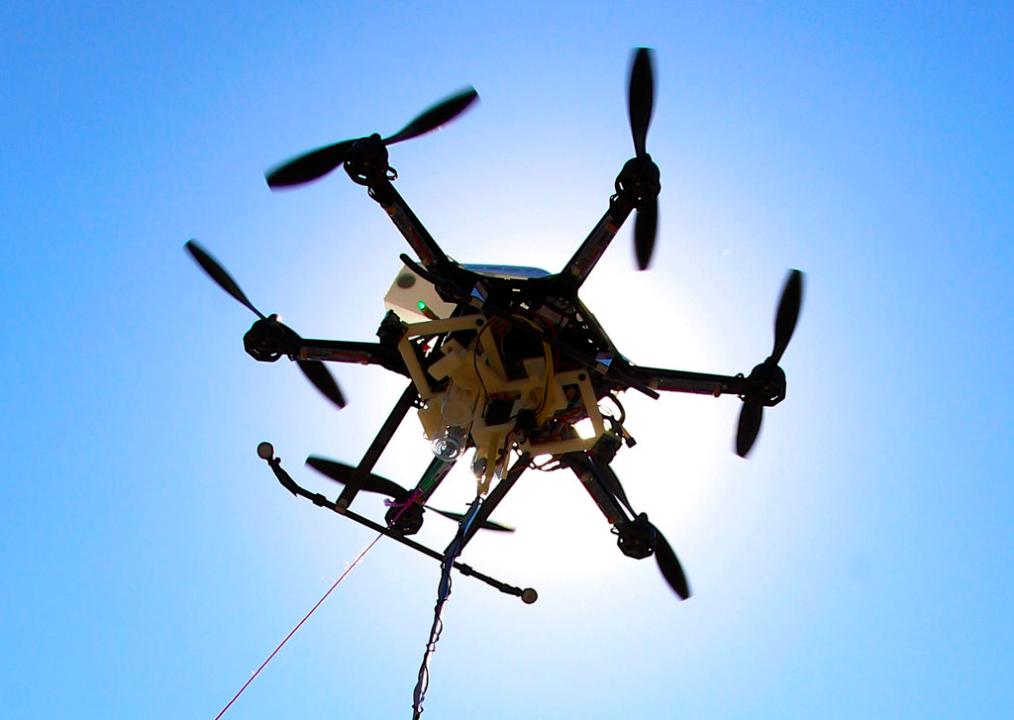Drone operators for commercial use to quadruple by 2022: FAA
The number of commercial drones and their users is expected to quadruple in the next four years, another positive sign for the ever-growing industry.
Data published by the Federal Aviation Administration (FAA) last week projects that the industry will jump from more than 110,000 unmanned aircraft systems (UAS) in 2017 to 450,000. Based on its current forecast, regulators expect there will be about 300,000 new pilots needed for the remote aerial vehicles, up from 73,000 currently.
The forecast is based, in part, on the presumption that further easing of regulations on drone flying is likely. President Donald Trump’s administration has been a proponent for easing constraints on drone flying.
Trump signed a memorandum last October that would create a drone integration pilot program allowing the Transportation Department to enter agreements with state, local and tribal governments as well as the private sector to build “innovation zones” to test operations of unmanned craft.
“[As drones become] operationally more efficient and safe, battery life expands, and regulatory constraints are reduced, new business models will begin to develop, thus enhancing robust supply-side responses,” the FAA projects.
Both corporate and consumer applications of commercial drones could also have an impact on the American economy, according to data from consulting firm McKinsey. The organization estimates that the unmanned craft will have an annual impact of $31 billion to $46 billion on the nation’s GDP.
Major businesses are entering the drone industry. Last week the e-commerce giant Amazon received a patent for an airbag that would protect a package if dropped from up to 25 feet by one of its unmanned aerial vehicles.
Walmart is getting into the drone business as part of its effort to compete with Amazon. The brick-and-mortar giant is applying for patents to pursue farm automation. Its plan is to use small drones for pollinating crops – making up for the shortage of bees – by having one UAS collect pollen from a first crop and then apply it to a flower in a second crop. Then, another drone, equipped with a sensor, would follow to make sure pollen was applied.
In its latest forecast, the FAA expects the use of recreational drones to increase, though not nearly as much as the rate it projects for the commercial sector. The market for recreational UAS is likely to more than double – to 2.4 million units from the current 1.1




















